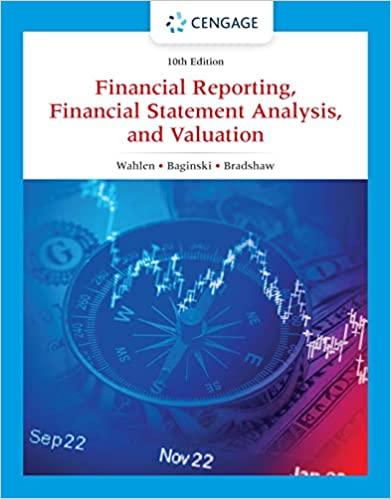Question
Case III Nelson Case Peter Nelson, age 36, and Connie Nelson, age 34, are married with 2 children, Robert, age 4, and Mary, age 2.
Case III Nelson Case
Peter Nelson, age 36, and Connie Nelson, age 34, are married with 2 children, Robert, age 4, and Mary, age 2. Peter is a senior executive with Mega Corporation where he has an extensive benefits package including an endorsement method split-dollar life insurance plan, group disability income insurance, group long-term care insurance, group term life insurance ($70,000), nonqualified deferred compensation, stock options, group dental and vision insurance, a Section 401(k) plan, and group medical expense insurance.
Connie has a middle management administrative position with the local school district. She also enjoys a generous benefit package from her employer, including medical expense, dental, vision, group term life, and disability income insurance. The principal benefit to Connie is the dependent care assistance plan offered by her employer. She takes Robert and Mary to a dependent care program on her way to work and picks them up on her way home. Also, she is working on her MBA degree under her employers educational assistance plan.
Peter and Connie have an HO-3 homeowners policy on their home in the amount of $200,000, adequate coverage on their 2 autos, and a personal liability umbrella policy (PLUP) for $2 million. They have accumulated an emergency fund of $12,000 and a deferred variable annuity in the amount of $125,000, which are both jointly owned.
Peter and Connie are concerned that if Peter dies prematurely, adequate funds would not be available to provide his dependents with income until Mary is age 18. Peters current net pay is $3,900 per month, whereas Connies monthly net pay is $2,600. They estimate the survivors would need about $5,500 per month to maintain their current standard of living in the event Peter dies. The Nelsons believe they can earn an aftertax yield of 8% annually on their investments and inflation will average 4% per year.
Question III-1. Under Peters group disability income insurance plan, the definition of disability that provides the most favorable protection for Peter would be one that defines disability as:
- the inability of the insured to engage in any occupation.
- the inability of the insured to engage in his own occupation.
- the inability of the insured to engage in his own occupation and not working in any gainful employment.
- the inability of the insured to engage in any reasonable occupation for which he is or might easily become qualified.
Question III-2. The Nelsons had a kitchen fire that caused extensive damage to their dwelling. The cost of repairing the damage is $40,000. At the time of the loss, the limit on the dwelling under the Nelsons policy was $200,000, but the adjuster estimates the replacement cost to be $250,000. How much of the loss will the Nelsons recover from their insurance company?
- The Nelsons will collect $32,000, minus the deductible.
- The cost of the repairs is covered in full, minus the deductible.
- The Nelsons will collect $40,000 if the policy includes the replacement cost endorsement.
- The Nelsons violated the replacement cost provision and only the actual cash value of the loss will be paid, minus the deductible.
Question III-3. Peters father, who lives nearby, has been totally and permanently disabled for the past 3 years. He is a widower and receives $6,000 in annual long-term disability benefits from his employers group disability income plan. While he was actively employed, he was required to pay 40% of the cost of his coverage under the employer plan. How much of Peters fathers disability benefit from the employers plan is includible in his gross income for federal income tax purposes?
- $0
- $2,400
- $3,600
- $6,000
Question III-4. Peter has $70,000 of protection under his employers group term life insurance plan, for which he makes a monthly contribution of $1.50. Connie is the named beneficiary. The actual cost to the employer for his protection is $.20 per month per $1,000 of insurance, and the uniform premium for group term insurance under the Internal Revenue Code is $.09 per month per $1,000 of insurance. Under Section 79, what is the annual amount that Peter, who is not a key employee, must report for federal income tax purposes because of his group term insurance protection?
- $3.60
- $30.00
- $21.60
- $57.60
Step by Step Solution
There are 3 Steps involved in it
Step: 1

Get Instant Access to Expert-Tailored Solutions
See step-by-step solutions with expert insights and AI powered tools for academic success
Step: 2

Step: 3

Ace Your Homework with AI
Get the answers you need in no time with our AI-driven, step-by-step assistance
Get Started


